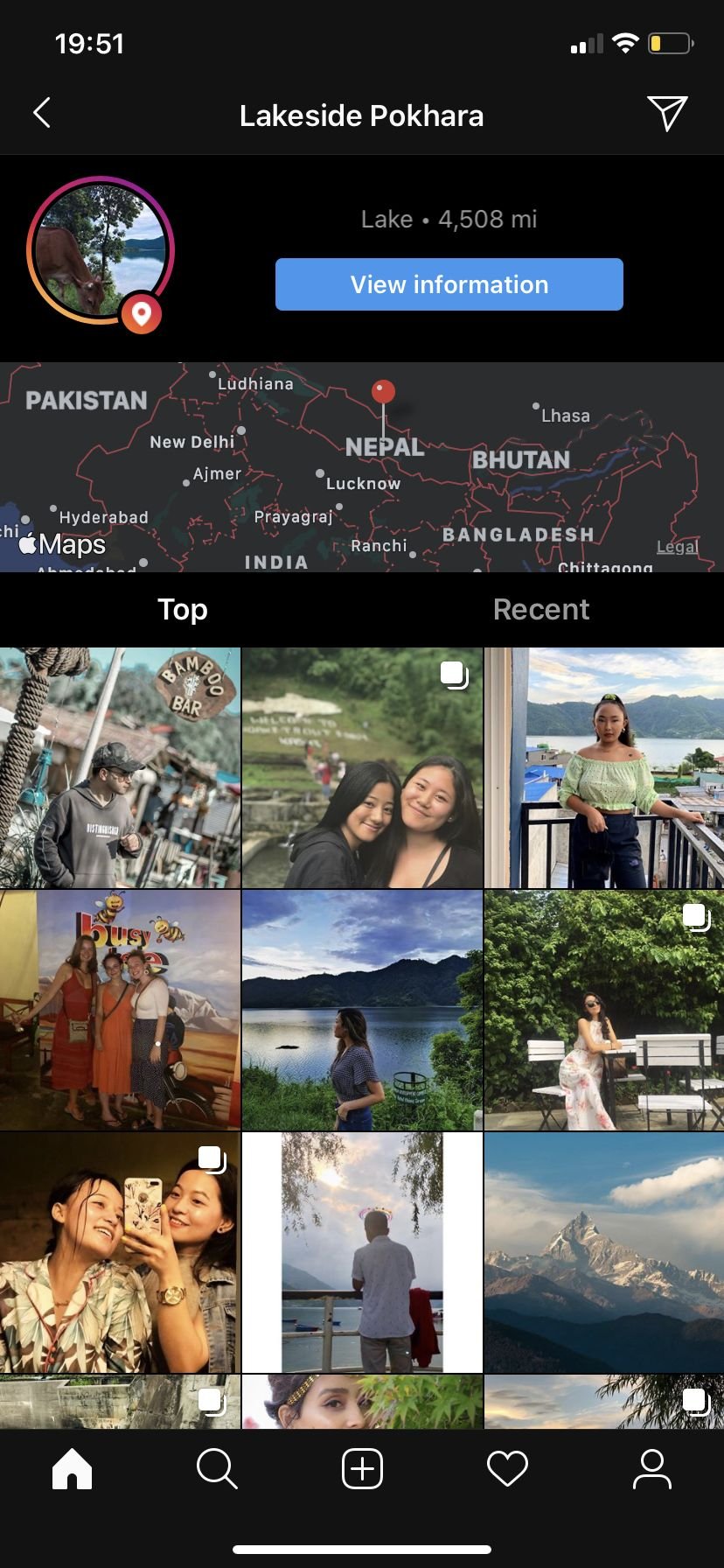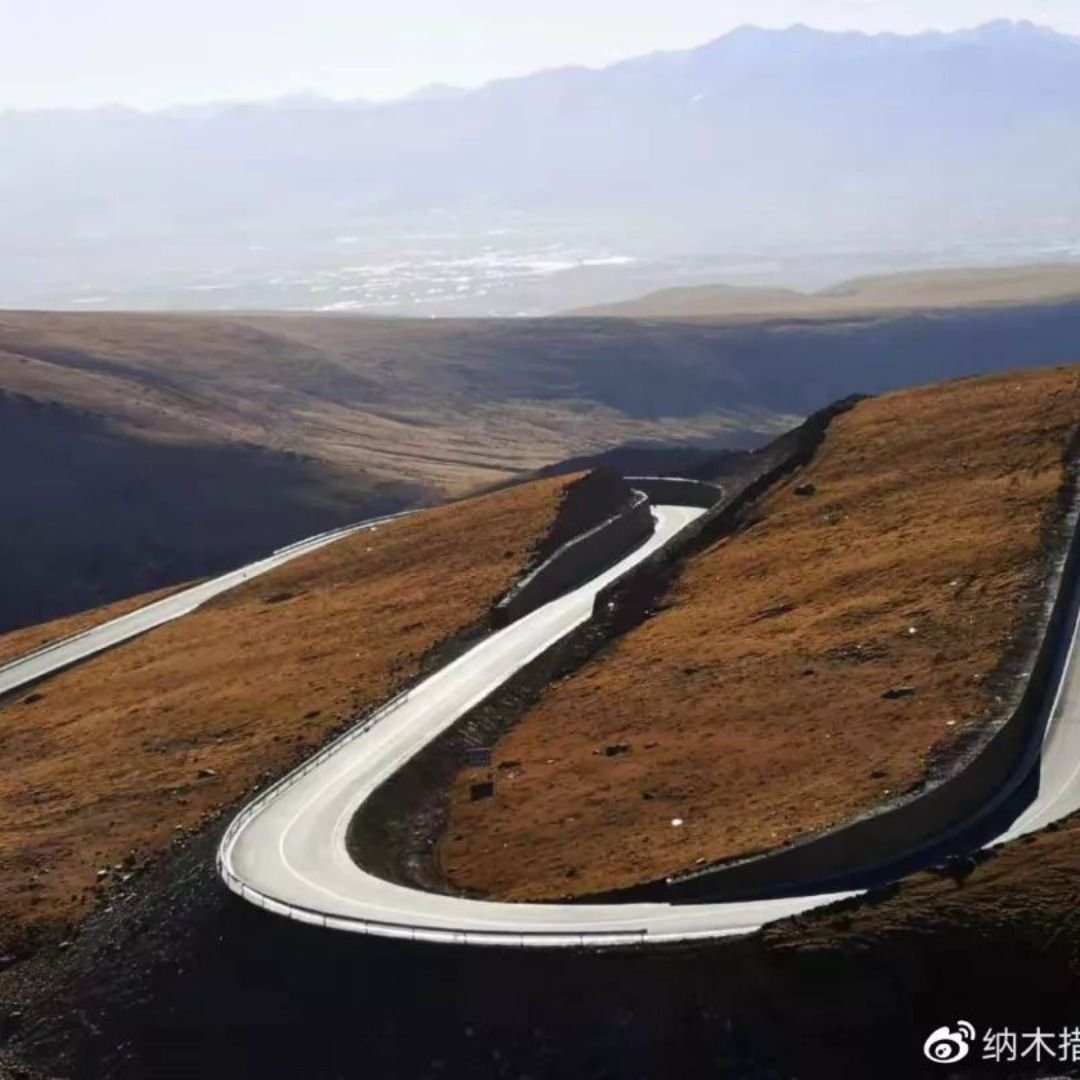Planning Your Lhasa Stay: How Many Days To Allocate

Lhasa, the capital of Tibet Autonomous Region, is a fascinating city with a rich history, vibrant culture, and stunning natural beauty. Whether you’re interested in exploring ancient temples, immersing yourself in Tibetan culture, or venturing into the surrounding mountains, Lhasa has something to offer every traveler.

When to Visit Lhasa

The best time to visit Lhasa is during the shoulder seasons (April-May and September-October) when the weather is mild and pleasant. During these months, you’ll avoid the crowds of the peak season (June-August) and still be able to enjoy the city’s many attractions.
How Many Days to Allocate
The ideal length of your Lhasa stay depends on your interests and budget. If you’re short on time, you can see the city’s highlights in two or three days. However, if you want to delve deeper into Tibetan culture and explore the surrounding area, you’ll need at least a week.
Suggested Itineraries
Two to Three Days:
- Day 1: Arrive in Lhasa and visit the Potala Palace, the Jokhang Temple, and the Barkhor Street.
- Day 2: Explore the Sera Monastery and the Drepung Monastery.
- Day 3: Take a day trip to the Ganden Monastery or the Yamdrok Lake.
Four to Six Days:
- Follow the suggested itinerary for two to three days.
- Day 4: Visit the Tibet Museum, the Norbulingka Palace, and the Taktsang Lhamo Temple.
- Day 5: Take a day trip to the Namtso Lake.
- Day 6: Hike to the Potala Palace from the Jokhang Temple.
Seven Days or More:
- Follow the suggested itinerary for four to six days.
- Day 7: Take a day trip to the Everest Base Camp.
- Day 8: Hike to the Sera Monastery from the Jokhang Temple.
- Day 9: Visit the Samye Monastery, the oldest monastery in Tibet.
Accommodation
Lhasa offers a wide range of accommodation options, from budget guesthouses to luxury hotels. The best area to stay in is the Barkhor area, which is located near the Jokhang Temple and the Barkhor Street.
Food
Lhasa’s cuisine is a blend of Tibetan, Chinese, and Indian influences. Some of the most popular dishes include momos (dumplings), thukpa (noodle soup), and shapta (barbecued meat).
Transportation
The best way to get around Lhasa is by taxi or bus. Taxis are relatively inexpensive, and you can find them at most major hotels and attractions. Buses are also a good option, but they can be crowded during peak season.
Tips for a Successful Trip to Lhasa
- Be prepared for altitude sickness. Lhasa is located at an altitude of over 3,600 meters (11,800 feet), so it’s important to acclimate to the high altitude before doing any strenuous activities.
- Pack light. You’ll be doing a lot of walking in Lhasa, so it’s best to pack light so you don’t have to carry a heavy backpack.
- Dress appropriately. The weather in Lhasa can be unpredictable, so it’s a good idea to pack a variety of clothes, including layers that you can add or remove as needed.
- Learn some basic Tibetan phrases. While most people in Lhasa speak some English, it’s always helpful to know a few basic Tibetan phrases.
- Be respectful of Tibetan culture. Tibet has a unique culture and religion, so it’s important to be respectful of the local customs and beliefs.# Planning Your Lhasa Stay: How Many Days To Allocate
Executive Summary
The awe-inspiring and historic city of Lhasa, revered as the spiritual heartland of Tibet, enchants travelers with its stunning landmarks, captivating scenery, and rich cultural heritage. Whether you’re a history buff, nature lover, or spiritual seeker, this guide will help you optimize your Lhasa experience by determining the ideal duration of your stay. From exploring the sacred Potala Palace to embarking on a memorable day trip to the captivating Yamdrok Lake, this comprehensive guide provides insights into the city’s unmissable attractions and offers expert recommendations on crafting an itinerary tailored to your interests and time constraints.
Introduction
Lhasa, a city nestled amidst the soaring peaks of the Himalayas, invites travelers to immerse themselves in its timeless allure. With its rich history, vibrant culture, and breathtaking natural surroundings, Lhasa promises an unforgettable sojourn. This guide delves into the intricacies of planning your Lhasa adventure, focusing on the optimal number of days to allocate to fully embrace the city’s captivating essence.
Exploring the Tibetan Gem: How Many Days Are Ideal?
The duration of your Lhasa sojourn hinges upon your travel preferences and interests. The city offers an array of attractions, ranging from sacred temples to mesmerizing lakes, catering to diverse travelers. Whether you seek a whirlwind exploration or a leisurely immersion, this guide provides insights into crafting an itinerary that aligns with your aspirations.
2-Day Itinerary: A Brief Encounter with Lhasa’s Highlights
If time is of the essence, a 2-day itinerary can provide a glimpse into Lhasa’s captivating allure. This condensed exploration prioritizes the city’s unmissable landmarks, including the majestic Potala Palace, the sacred Jokhang Temple, and the bustling Barkhor Street. While this itinerary may offer limited opportunities for in-depth exploration, it presents a taste of Lhasa’s spiritual and cultural heritage.
3-Day Itinerary: Unveiling Lhasa’s Spiritual Essence
For travelers seeking a deeper spiritual connection with Lhasa, a 3-day itinerary offers ample time to delve into the city’s sacred sites. In addition to visiting the renowned Potala Palace and Jokhang Temple, this expanded itinerary includes excursions to lesser-known monasteries, such as the Sera Monastery and the Drepung Monastery. These tranquil retreats provide opportunities for meditation, spiritual teachings, and a profound understanding of Tibetan Buddhism.
4-Day Itinerary: Embracing Lhasa’s Natural Beauty
Those who crave the outdoors will find solace in Lhasa’s captivating natural surroundings. A 4-day itinerary allows for leisurely day trips to nearby natural wonders, such as the turquoise waters of Yamdrok Lake, the glaciers of the Nyenchen Tanglha Mountains, and the picturesque Lhasa River. These excursions offer a refreshing respite from the city’s urban landscape and immerse travelers in the serenity of nature.
5-Day Itinerary: A Comprehensive Lhasa Experience
For travelers seeking a comprehensive Lhasa experience, a 5-day itinerary promises an in-depth exploration of the city’s cultural, historical, and natural treasures. This itinerary encompasses visits to Lhasa’s iconic landmarks, excursions to surrounding natural attractions, and opportunities to interact with local communities. Whether you’re a seasoned traveler or a first-time visitor, a 5-day itinerary ensures a rich and fulfilling Lhasa experience.
Customizing Your Itinerary: Tailoring Your Lhasa Journey
While these suggested itineraries provide a framework for your Lhasa adventure, personalizing your行程 is essential to create a truly memorable experience. Consider your interests, pace of travel, and budget to craft an itinerary that aligns perfectly with your aspirations. The beauty of Lhasa lies in its ability to cater to diverse travel styles, allowing you to tailor your stay to suit your unique preferences.
Conclusion
Lhasa, a city steeped in history, culture, and natural beauty, invites travelers to embark on an unforgettable journey. Whether you seek a brief encounter with its iconic landmarks or a comprehensive exploration of its hidden gems, this guide provides insights into crafting an itinerary that matches your desires and time constraints. From the sacred temples to the awe-inspiring natural landscapes, Lhasa promises an experience that will leave an eternal imprint on your soul.
Keyword Phrase Tags:
- Lhasa travel guide
- How many days in Lhasa
- Lhasa itinerary
- Things to do in Lhasa
- Lhasa attractions